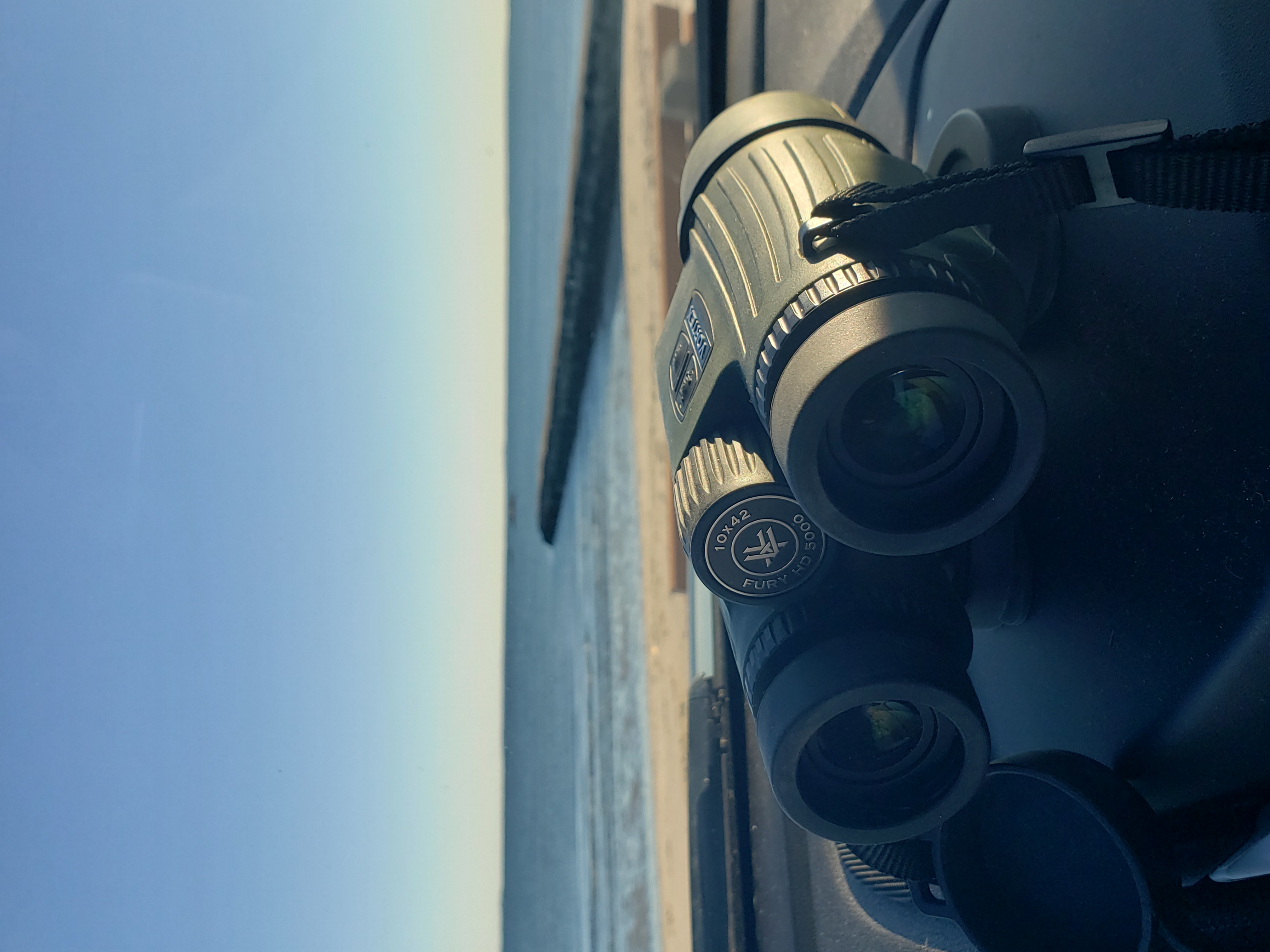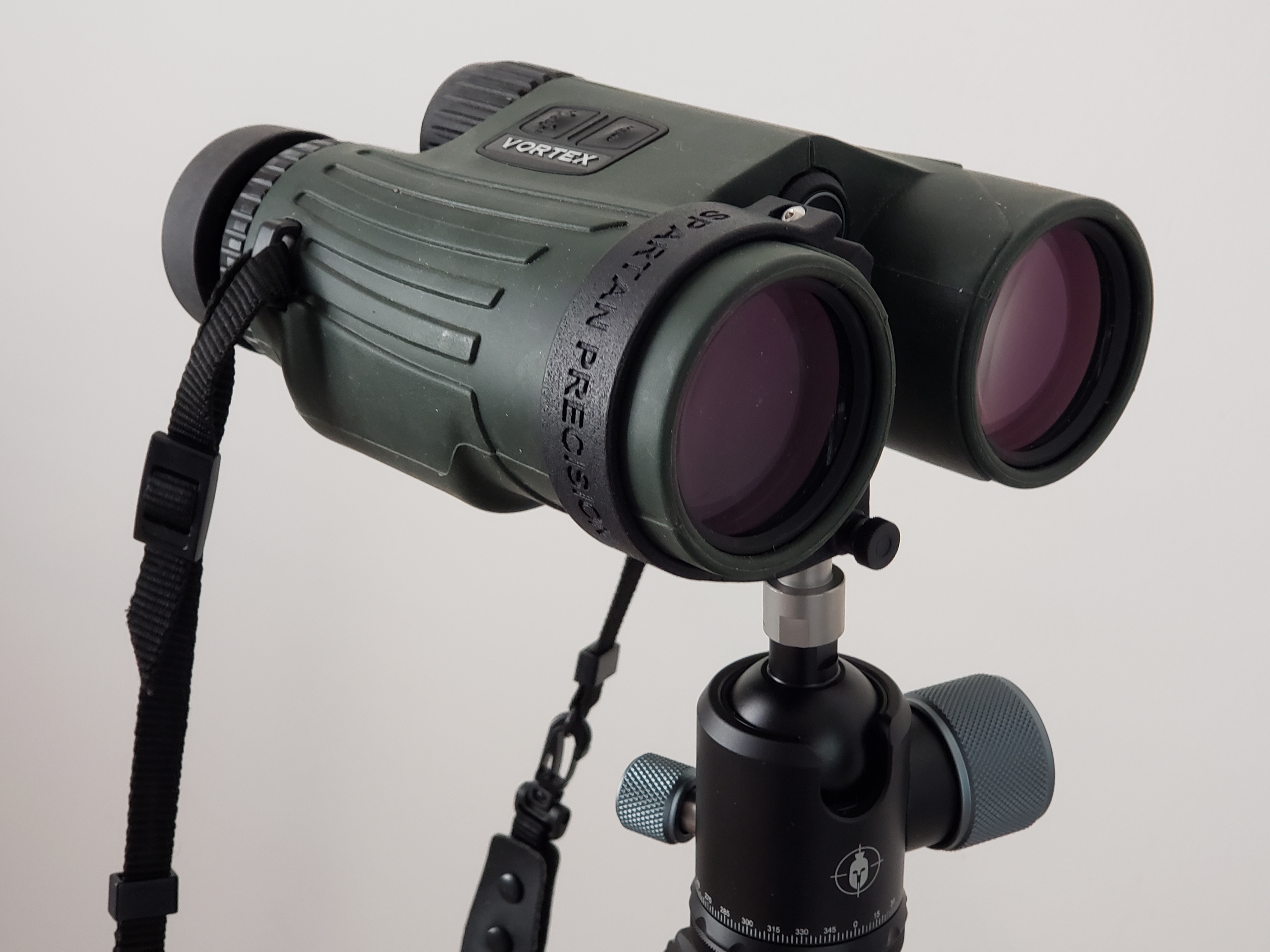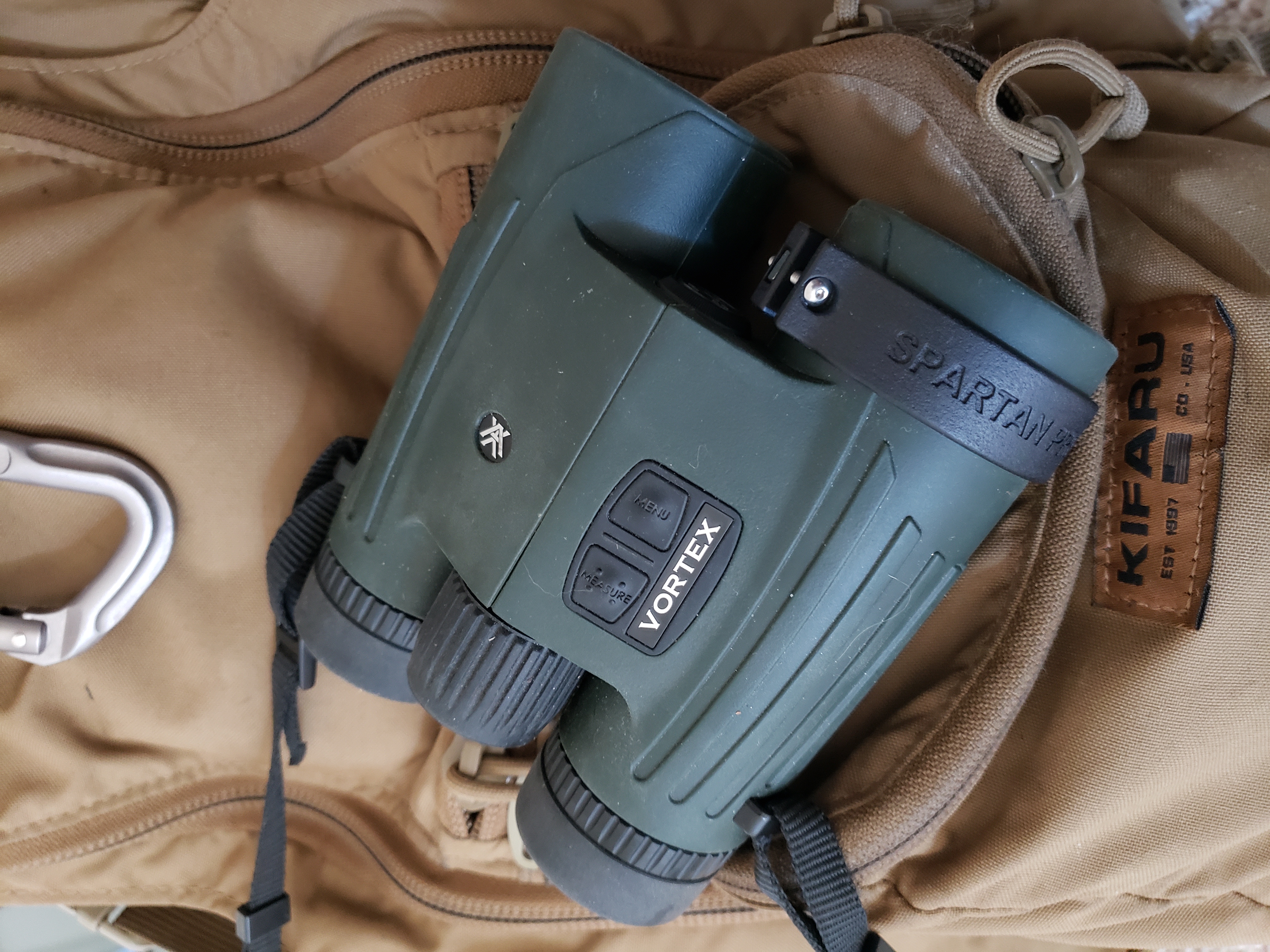When you were a kid, you may have worn a set of toy binoculars around your neck as you pretended you were a soldier, Dora the Explorer, or some sort of scientist/naturalist. Those binoculars were more imaginary in their use than they were functional. You pretended to see more than the toy actually allowed you to. Later in life, we adopt more sophisticated binoculars for bird watching, sports, hunting, surveying/scouting, and other uses; functionality does matter for those things. The binoculars available now are far superior to the plastic lens and bodied versions of your younger self. You aren't playing when you pack a set of actual binoculars and with a suitable investment, you give yourself what seems like a visual superpower. With so many options out on the market right now and more coming out yearly, you may not know where to begin or how to narrow down the field. If you're serious about purchasing a set of binoculars, consider the following questions if you are looking to get the best binoculars for your needs and your budget.

What is Your Budget
I looked up "toy binoculars" on Amazon and found multiple sets for under $10. I looked up "cheap binoculars" and found that for about $5 more, you can get a set of cheap but functional adult binoculars. But before you get your hopes up, just because you can purchase at this price doesn't mean it is worth it. On the flip side of budget binos are high-end binos with expensive glass, making for some of the best binoculars money can buy. How much you are willing to invest in a set of binoculars will be determined by how frequently you'll use your binos and how imperative the binoculars are to the success of whatever mission is in front of you. A high-quality set of binoculars to glass for game in the mountains on an expensive hunt may be more important for success than watching a little league football game where your little Johnny is riding the bench. When you invest in the glass that best meets your needs, you invest in success.
What Do Those Numbers Mean?
10x50mm, 8x21mm, 10x42mm, 10x26mm, what does that first number mean? What does the second number mean? These numbers will give you an idea of the general magnification and size of the binoculars you are looking at. As the first number gets larger, so does the magnification. As the second number gets larger, the size of the lens at the front of the binoculars does as well. Typically, the larger the second number, the more the binoculars will weigh since the glass will weigh more. If you don't have to worry about carrying your binoculars very far, or if you plan on mounting your binoculars inside your vehicle to the window or on a tripod, you can splurge and get larger binoculars. If you're looking for a smaller set for casual use and further distance carry, you may want to get something with an appropriate magnification and smaller lenses. When you research binoculars, look up F.O.V. stats. This number is usually set at 1000 yards and is measured from the left to the right limit in feet. The Vortex Fury HD pictured in this blog is a pair of binos I swear by. They are 10x42mm magnification and have an F.O.V. of 321' at 1000 yards.

Is More Magnification Better?
Similar to long-range shooting, more magnification doesn't always mean better. A fixed 10x power optic may be challenging to use in thick woods where you can only see 35 yards at most. The same is true of binoculars. In some environments, it may be more beneficial to have lower magnification where you are looking to spot movement across a larger field. In other settings, you may know what you are looking at, where to find it, and wish to see it closer. Just because the number is higher doesn't mean it is necessarily better for you. I used a set of 10x Maven binoculars while on safari in South Africa in 2018. I used a set of 8x Steiner binoculars in my vehicle long before that. Know how to use the magnification to your benefit, and don't let it become a detriment.
Light Transmission and Clarity
When you've narrowed down your optics to a few different choices, you may find the price difference between comparable sets steep. Chances are, this is from the quality of the glass used. I'd put money on it; a set of $300 binoculars will not transmit light as well as a set of $600 binoculars. You get what you pay for when you purchase binoculars, and that doubled price tag will probably result in the ability to see better in twilight conditions. You'll also find the better binoculars on the market are less likely to fog up or have an unclear image. Sometimes, you'll find the edge of the picture you see has a colored tinge or a blur. Pick up a very high-end set of binoculars, and the picture will be clear and bright.
What Are Some Other Bonus Features I Should Look for?
Focus the majority of your research on the glass. The other features you may want are all gravy to your turkey. Bonus features can include rubber armoring that protects your optics from accidental bumps and dedicated tripods or monopod mounting points. Some binoculars have variable power throw levers, and others have internal range-finding reticles. My Vortex Fury HD binos have a built-in laser range finder, allowing me to kill two birds with one stone, whether hunting or out on the long range. The Maven binos I carried to South Africa came with screw-in lens filters that saved my binoculars from extensive damage when Emirates Airlines forced me to check a carry-on bag and then damaged the contents (I still haven't received reimbursement for that... thanks, guys!) Maven heard about it and fixed the binos (replaced the broken filters) free of charge. There are plenty of bonus features for binoculars, but try not to get enamored by the fluff if the glass isn't quality. As I said, bonuses are gravy. You don't put gravy on rotten meat.

What about the Monocular Option?
Binoculars use both eyes, and monoculars use one at a time. Some people like the comfort of keeping both eyes open, while others want the space and weight savings a monocular provides. I've heard some knock the monocular saying users think they are pirates with a telescope. Some of those haters are also the same people who use a spotting scope to glass for big game. Think of a good modern monocular like a compact spotting scope. I've transitioned from carrying a set of binoculars on long hikes where ounces turn into pounds quickly to a monocular instead, and I've never felt impaired. Monoculars require you to close an eye or partially close one; some would rather keep both eyes open. Also, monoculars are great for those with body mobility issues that can't raise both arms. For that same one-hand use benefit, the drawback is that only one hand means less stability to the image you're viewing.
Take your time choosing a set of binoculars, as they will be an investment, but the right pair can serve you in various circumstances for a long time. As with purchasing any gear, when you make an informed decision, that investment pays off time and time again.
